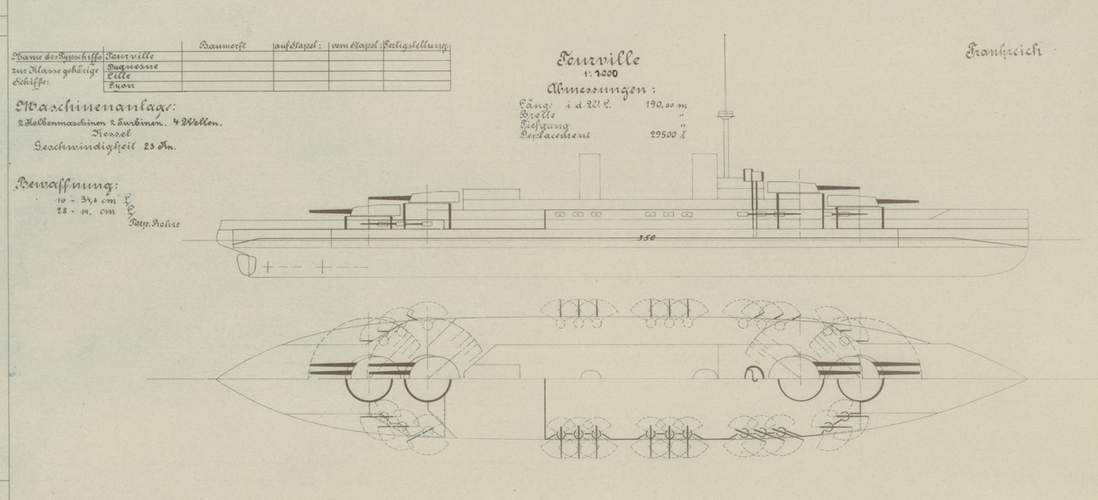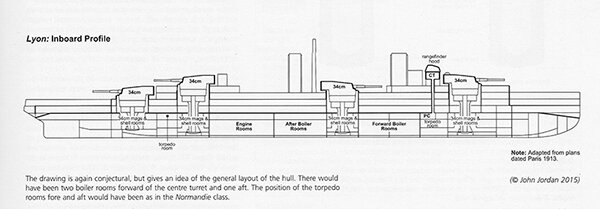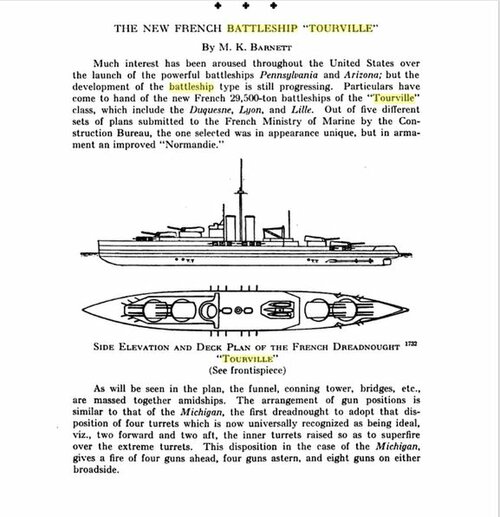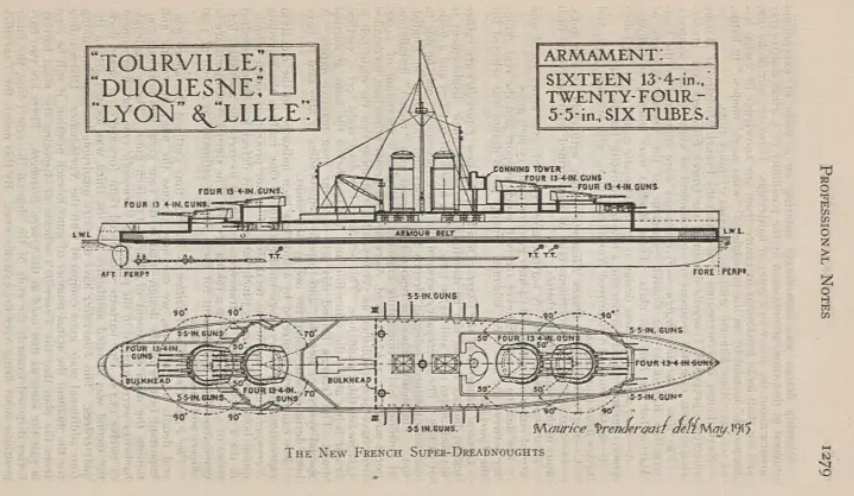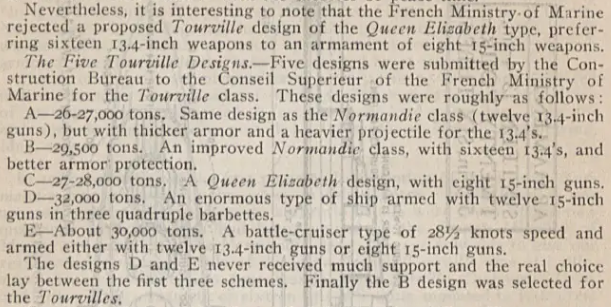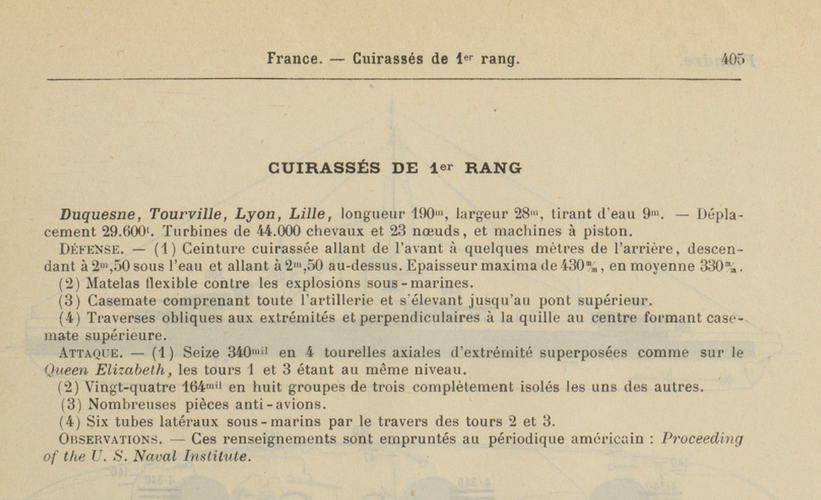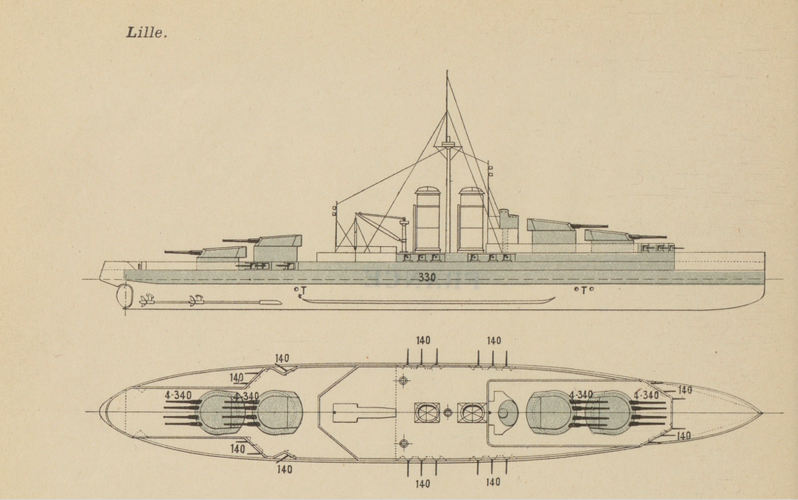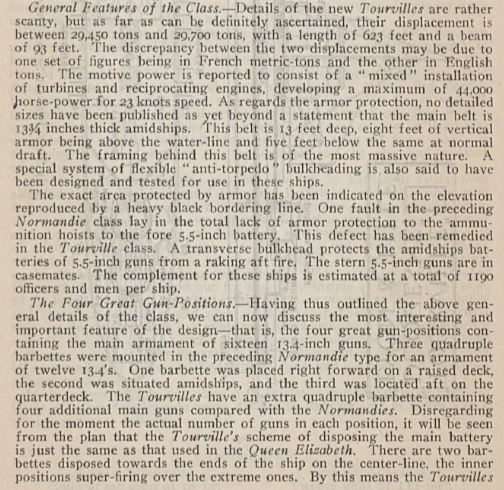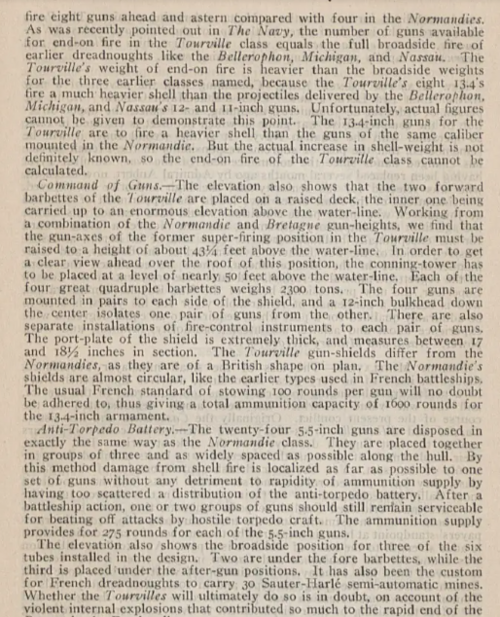Possibly on the same reasoning that led to the Mogami, Baltimore, Southampton, Worcester and Minotaur class cruisers. 'Smothering fire.'
Generally because French navy already have quite good 34-cm gun and promising design of four-gun turret, and did not want to waste time developing completely new weapon. French Navy was already behind German in naval construction by 1914; they only have 10 modern battleships (of them 6 semi-dreadnoughts) in comission versus 17 German. And Italy and Austro-Hungary were also building up their battleline. So French didn't want to waste any more time than nessesary.
Also, French Navy have it's own - and
not exactly incorrect - opinion about efficiency of gunfire. They generally dismissed long-range combat as inefficient, pointing on the experience of such battles as Yellow Sea; the low hit probability, combined with shells reduced velocity and sub-optimal impact angles (i.e. low armor penetration) basically means that long-range combat would be absolutely indecisive, with both sides running out of ammo before dealing sufficient damage. French admirals assumed that the battle would become decisive only on the distance of "guaranteed belt penetration", i.e. about 14-15 km max. For that range they optimized both the armor scheme - not so much to resist the enemy fire, but to limit the damage from penetrations - and armament.
What French - as well as Germans, who actually assumed generally the same combat ranges, albeit for different reasons (Germans assumed that visibility conditions in North and Baltic Sea would make long-range gunnery inefficient) - did not took into account, is the development of automated fire control system by Royal Navy. The director fire control, combined with Dreyer tables, allowed not merely for long, but for ultra-long range gunnery - i.e. sending plunging shots right through the enemy
decks. The hit probability was abysmal, but even a single hit could maul a dreadnought; most of WW1 era warships weren't designed to resist plunging shots at all. So French short-range optimized scheme suddenly become completely inadequate to new conditions (not that Germans fared much better... French at least learned their lessons and designed their WW2 era battleships differently, while Germans repeated their old assumptions)
